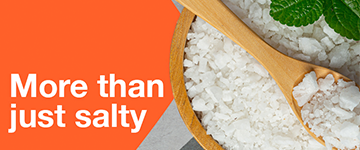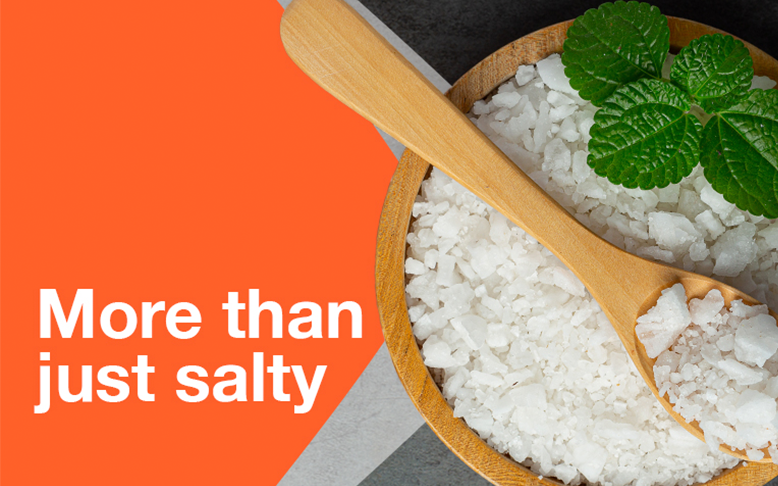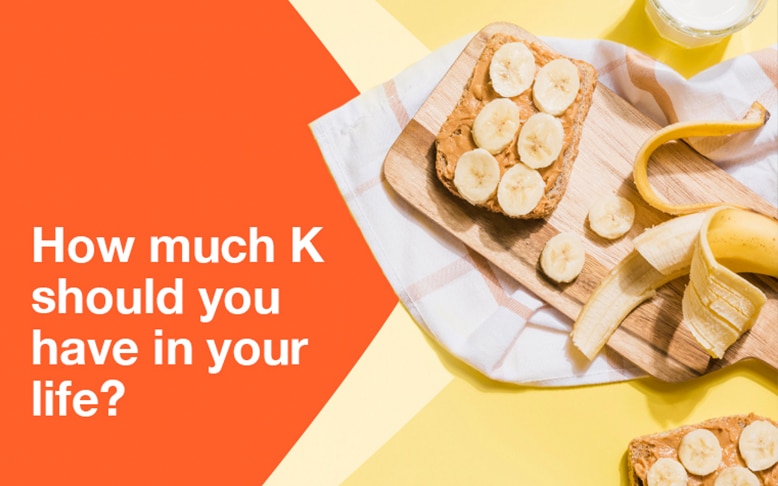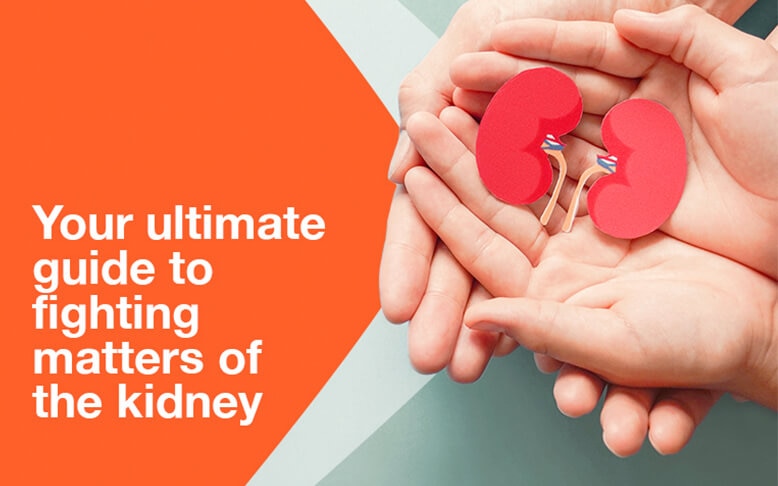A public health concern?
- Cardiovascular disease (CVD) is the leading cause of mortality and premature death worldwide1. The major risk factor for CVD is high blood pressure2, and excessive sodium intake is an important contributor to elevated blood pressure3, 4.
- Member States of the World Health Organization (WHO) have agreed to reduce the global population’s intake of salt by a relative 30% by 20255.
- In line with this global target, salt reduction strategies have been developed in many countries6.
Salt or sodium?
- About 90% of the sodium that we consume is in the form of salt7.
- The words salt and sodium are often used interchangeably, yet they are not the same.
- One gram of salt (sodium chloride) contains about 400 mg of sodium and 600 mg of chloride. Likewise, one gram of sodium equals approximately 2.5 g salt.

Do we need sodium?
- Sodium is an essential mineral required to maintain health8.
- Working in combination with other elements such as potassium and chloride, sodium is primarily responsible for regulating water content and electrolyte balance in body fluids8.
- The minimum physiological sodium requirement is estimated at about 200-500 mg daily9, 10.
How much is recommended?
- Different countries have different recommendations for sodium ranging between 1,500 and 2,400 mg daily11.
- Today, WHO recommends to decrease daily sodium intake to levels below 2,000 mg in adults (adjusted in children according to energy requirements)12.

How much do we consume?
- Sodium is found naturally in foods such as milk, meat, and fish.
- It is also added to food in the form of salt for the purposes of taste, preservation, and texture.
- When sodium intake is reduced, blood pressure starts decreasing within weeks in both normotensive and hypertensive individuals18.

Does sodium impact cardiovascular disease (CVD) risk?
- There is only modest direct evidence suggesting that reducing sodium intake reduces CVD risk15, 16, 19.
- Nevertheless, blood pressure is a well established surrogate marker of CVD risk20-22.
- The magnitude of the overall benefit of reducing sodium in the general population is still a matter of debate, but it is considered meaningful12.
Concerns beyond blood pressure?
- Excess sodium intake promotes structural and functional impairment of the heart, vessels, and kidneys, which can evolve over time toward cardiovascular and renal complications of all kinds23.
- Excess sodium intake has also been linked to osteoporosis24 and gastric cancer25.

Can low sodium intake be detrimental?
- Concerns that low salt intake for the general population may result in health risks (such as increase of blood lipids or catecholamine levels) are, for the time-being, not supported by the existing scientific evidence15.
- Recent studies have suggested that ‘low’ sodium intake (<3,000 mg) could be associated with increased CVD risk26-28, but the studies had methodological limitations, making any robust conclusions uncertain29-31.
Minerals other than sodium?
- Other minerals, especially potassium and possibly magnesium or calcium, appear to be at least as important as sodium in regulation of body fluids32.
- A combination of these nutrients in the diet seems to be more effective in promoting healthy blood pressure than any one nutrient alone33.
- In fact, public health interventions should aim to reduce sodium intake and simultaneously increase potassium intake from foods (e.g., fruit, vegetables, and nuts), as recommended by WHO34.



 Nestlé
Nestlé














No comments here yet.